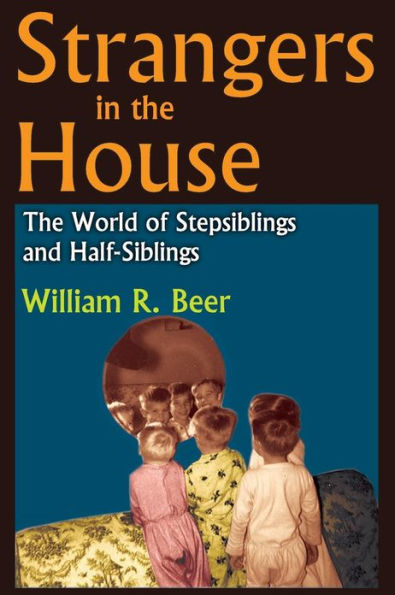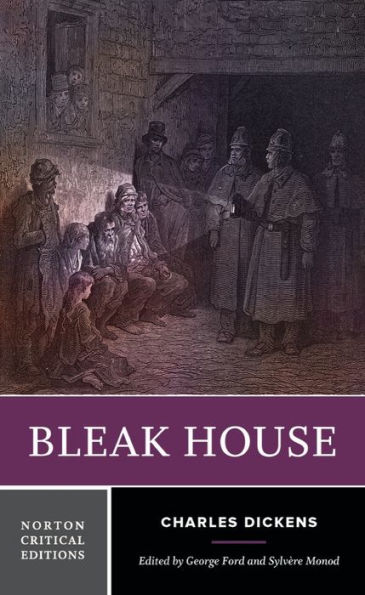Home
Strangers in the House: The World of Stepsiblings and Half-Siblings / Edition 1
Loading Inventory...
Barnes and Noble
Strangers in the House: The World of Stepsiblings and Half-Siblings / Edition 1
Current price: $58.99


Barnes and Noble
Strangers in the House: The World of Stepsiblings and Half-Siblings / Edition 1
Current price: $58.99
Loading Inventory...
Size: OS
*Product Information may vary - to confirm product availability, pricing, and additional information please contact Barnes and Noble
If present trends in divorce and remarriage continue, the stepfamily will eventually outnumber all other types of family in the U.S. Three decades ago, one out of five children under the age of eighteen was living in stepfamilies, and there were at least two million households in which the children were related only by marriage (stepsiblings) or who shared only one parent in common (half-siblings). How are these new kinds of family relationships working out? In particular, how are children faring in these kinds of families?
There are many books on the successes and difficulties of second marriages that involve children, but most of these look at problems from the perspective of one or both spouses. Popular literature in particular has emphasized the problem of the new spouse who "inherits a family," without really focusing on the relationships among stepsiblings.
Strangers in the House
focuses on the children of these marriages—both stepsiblings and half-siblings and the relationships among them and with their parents. It is a report on how they are faring, drawn from the results of original research by the author: case studies of stepfamilies, interviews with stepsiblings and half-siblings, a survey of members of the Stepfamily Association of America, and participation in three stepfamily self-help groups.
The result is a vivid portrait of nontraditional family constellations that provides an overview of changes in American families, the increased divorce and remarriage rates, and how stepfamilies differ from other families. Beer identifies major problem areas in stepsibling relations and shows how youngsters are adapting to these special situations. He examines classic rivalries over love, attention, space, and property and shows how these are worked out within these special circumstances. The book concludes with an overview of the dynamics of sibling relations in these special families and analyzes how the stepsibling subsystem fits into the larger family structure. Beer shows that in many respects the problems of these families characterize changes in the social structure in postindustrial society.


















